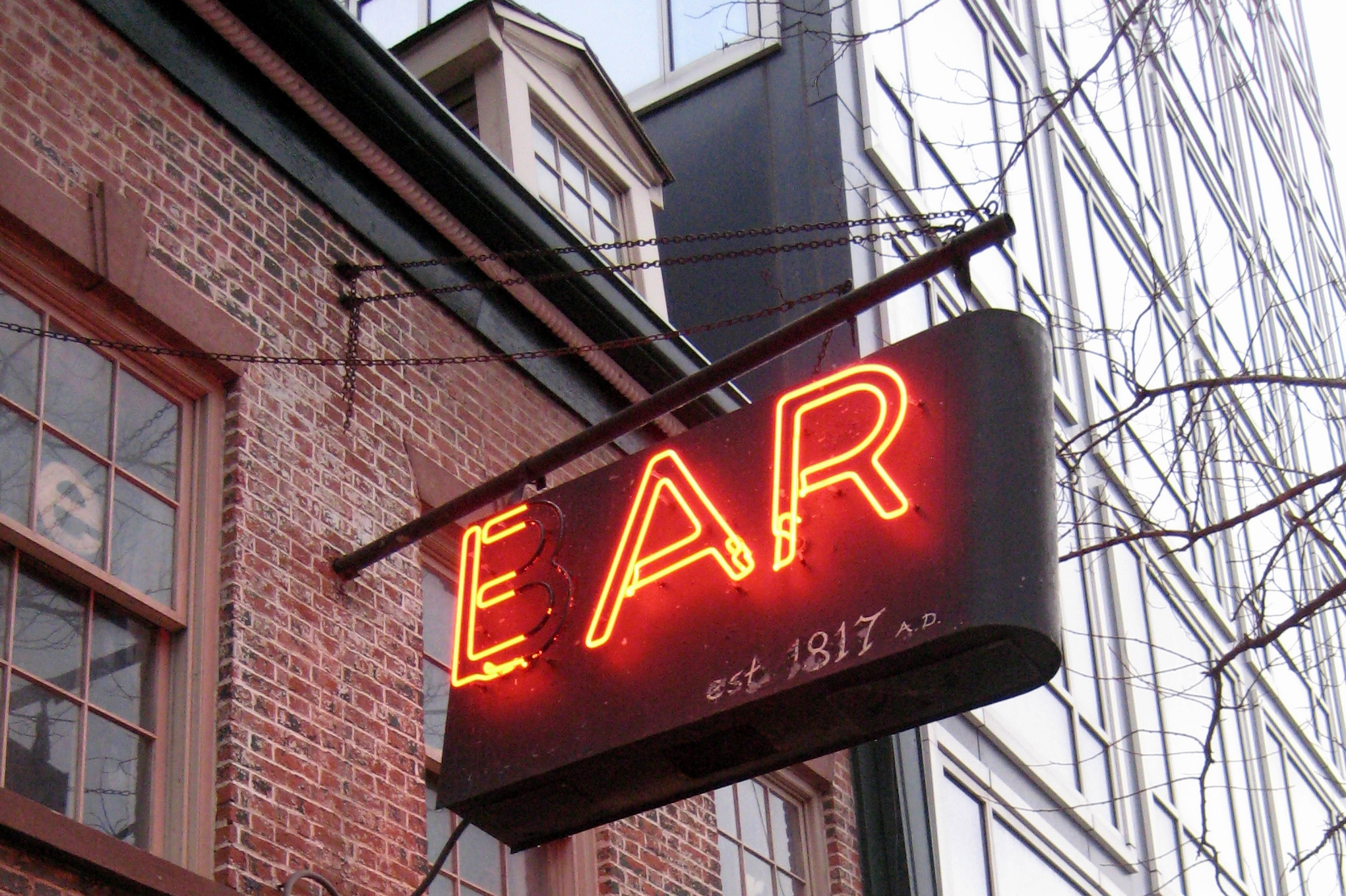Информация об изображении
Название: NYC - SoHo - Ear Inn The Ear Inn, a small landmark Irish pub/restaurant at 326 Spring Street, has been serving up drinks since 1867 in an 1817 house built for James Brown. James Brown, an African American who aided George Washington during the American Revolution is reputed to be depicted in Emmanuel Leutze's Washington Crossing the Delaware. After the war, Brown settled in New York and worked in the lucrative tobacco trade between the South and Europe. He was successful enough to move to the suburbs near the village of Greenwich, and build this fashionable Federal townhouse, which was at the time, only five feet from the original shoreline of the Hudson River. The land was part of Jan’s Calk Hook Farm near the mouth of Minetta Creek flowing from Washington Square. Down Spring Street at today’s Avenue of the Americas stood the elegant Richmond Hill Estate, once home of George Washington as President, and later the residence of John Adams and Aaron Burr. The James Brown House is one of very few Federal houses left in the City. It is in largely original condition of 2 1/2 stories with dormers, double splayed keystone lintels, and a gambrel roof. The construction is all wood post and ‘beams set with pegs, with a facade of Flemish bond brick. The restaurant doors and window are late 19th century. The panel to the right of the main door is a night shudder cover to the original shop window, an 18th century style feature unique to this building. Once there were cellar windows and fireplaces in the bar area. At some time mid 19th century, this building became a spiritual establishment. Thomas Cooke brewed beer and sold crocks of corn, whiskey to thirsty sailors. The bottles above the bar and jugs above the phone booth were all dug out of the basement below the dining room. This area was once a backyard for a garden and an outhouse. A back alley extended to Washington Street near the canal and flower market on Canal Street. The dining room was constructed when the brewery became a restaurant at the turn of the century. Later it was a speakeasy during Prohibition. The upstairs apartment was variously a boarding house, smuggler’s den, and brothel. Ghosts have been heard and seen, in particular one “Mickey,” a sailor still waiting for his clipper ship to come in. Since the liberation from Prohibition, the bar had no name. To the sailors and longshoremen, it was like a clubhouse and was known as “The Green Door.” Its motto from long ago was “Known from Coast to Coast.” There used to be a pool table, gambling, tall tales, and no music except the sea songs of the bar room buddies. No women were allowed. Then in 1977, new resident-owners christened the place the Ear Inn. The new name was chosen to avoid the Landmark Commission’s lengthy review of any new sign. The neon’ BAR sign was painted to read EAR, after the musical Ear Magazine published upstairs. Ol’ timers never noticed and still call the place the Green Door. National Register of Historic Places #83001717 (1983)Загружено: 21.04.2020 9:38
Просмотров: 44
Размер изображения: 2041×1359 пикселей
Камера: Canon PowerShot SD1000
Изменение фото: 10.02.2008 17:45
Съёмка фото: 10.02.2008 17:45
Запись в память камеры: 10.02.2008 17:45
ISO: 400
Фокусное расстояние: 5.8
Диафрагма: 2.8
Выдержка: 1/160
Вспышка: Использовалась
Программа: Picasa 3.0
